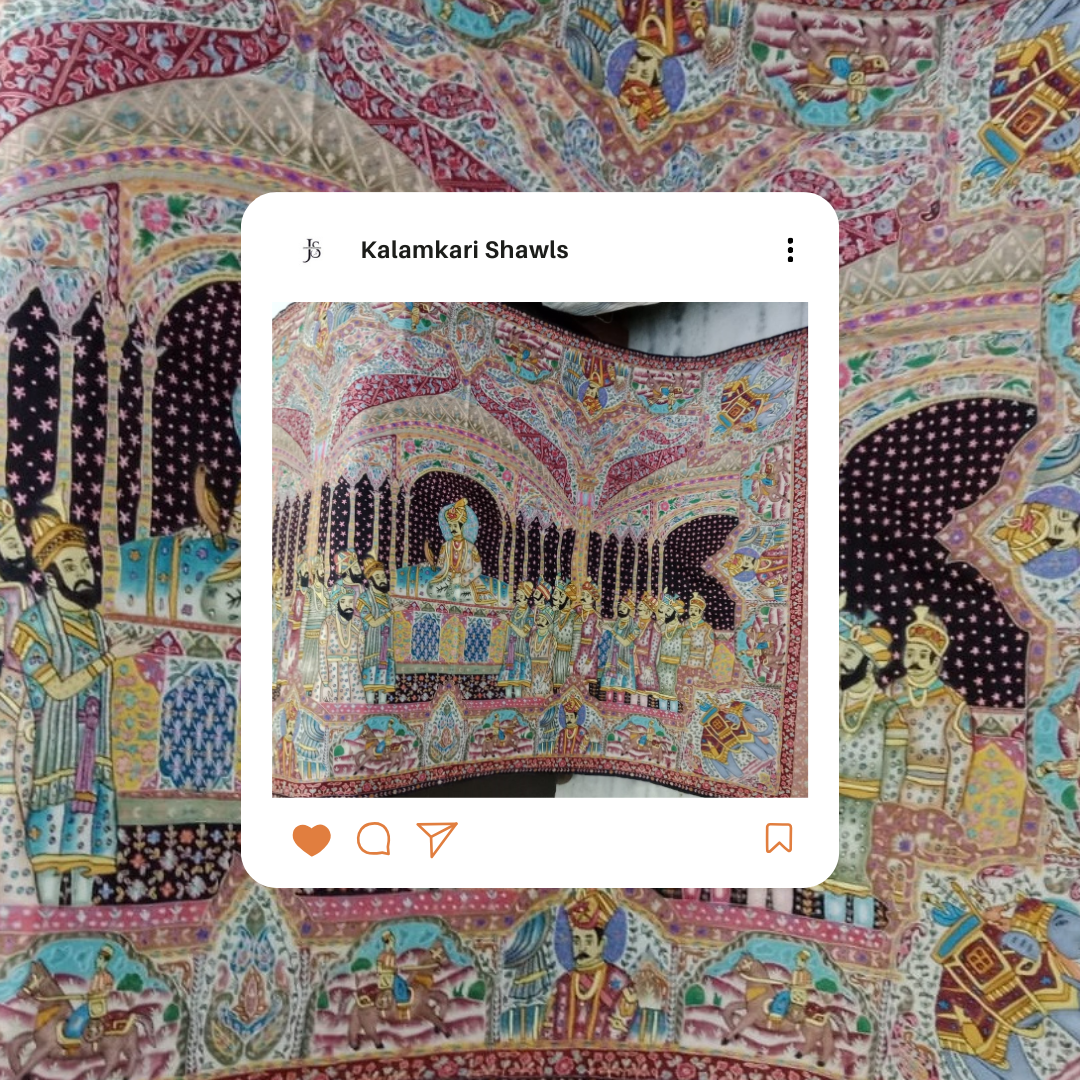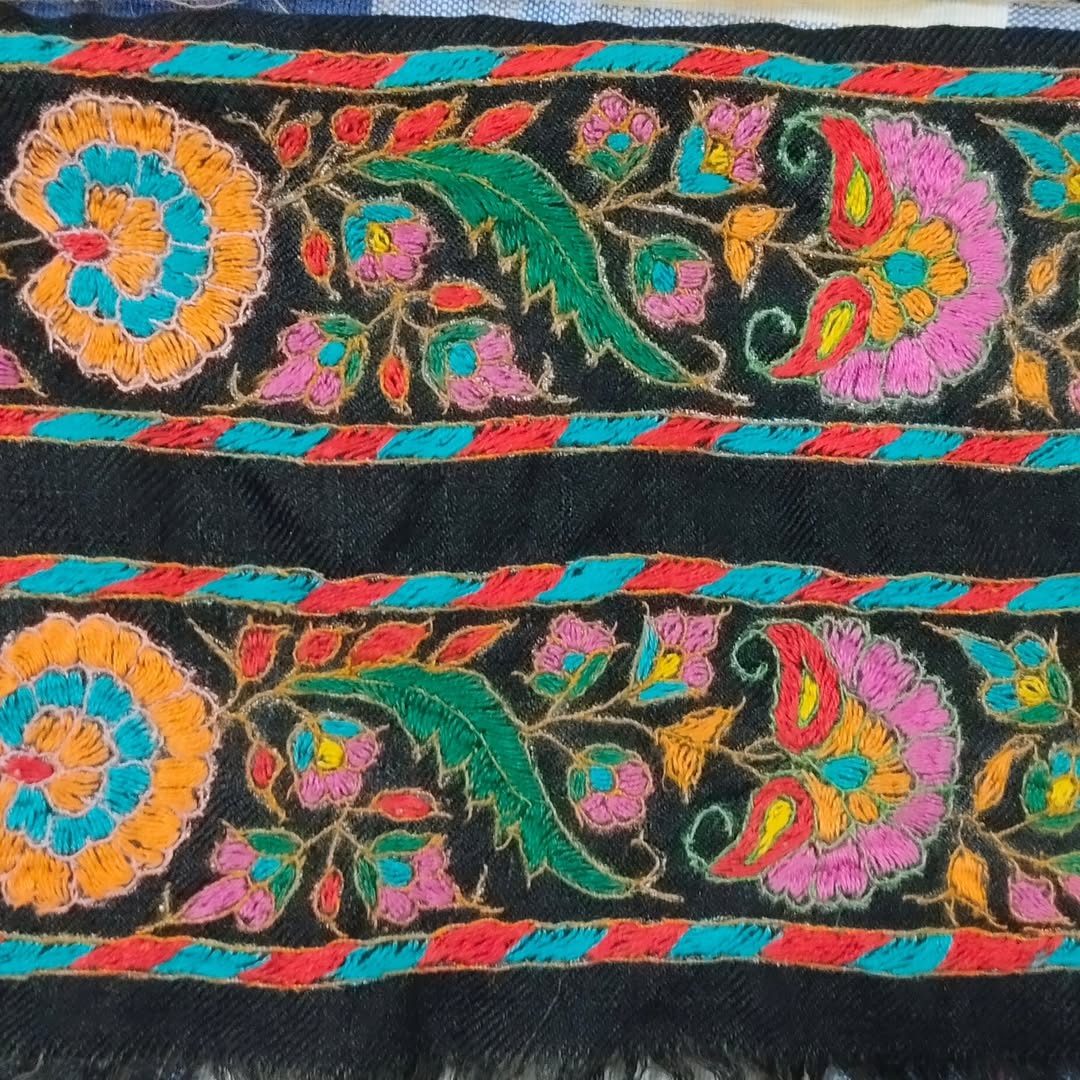What is Pashmina Shawl?
What is Pashmina Shawl? The Timeless Elegance of Pashmina Shawls Pashmina shawls, often
From 1000/-
Online 24 Hours
with in 7 Days



